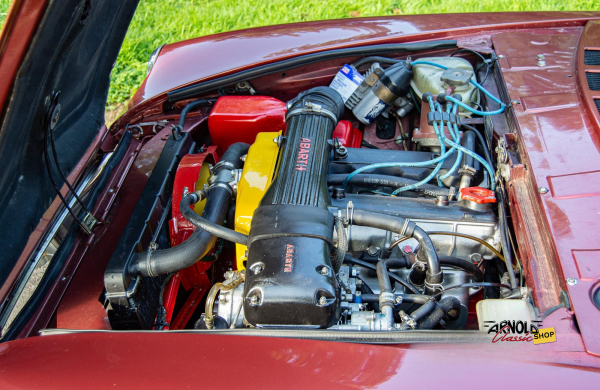What Are OE, OEM, and Spare Parts? A Guide to Choosing the Right Parts
Maintaining the performance and authenticity of classic cars relies heavily on selecting the right spare parts. However, understanding spare parts can be confusing, especially with terms like OE, OEM, and aftermarket. In this guide, we will explain the different types of spare parts available, helping you make the best choices for your classic car restoration.
Types of Spare Parts
OE (Original Equipment) Parts
OE parts are the exact components your car came with when it left the factory, manufactured or endorsed by the original automaker.
These parts ensure a precise match in both form and function. However, their rarity and high cost can make them less accessible for those working on classic cars.
OEM (Original Equipment Manufacturer) Parts
While OE parts are the genuine components installed when your car was built, OEM parts are produced by the same companies to the same specifications but are sold without the automaker’s branding.
OEM parts provide the same quality and fit as the originals, but their availability for classic cars can be limited, making them a practical option when original parts are hard to find.
Aftermarket Parts
Aftermarket parts are made by third-party manufacturers and are designed to either resemble or improve on the original components. They are often more affordable, easier to find, and sometimes offer better performance than the original parts. Aftermarket parts fill the gap left by hard-to-find original parts, making restoration projects more manageable without compromising on quality.
We take great care in producing and sourcing aftermarket parts, ensuring they consistently match or enhance the quality of original components. Customer feedback plays an essential role in our ongoing efforts to improve and refine the parts we provide.
Find the Right Quality for Your Restoration
We’re committed to helping you find the right spare parts for your classic car with ease. We offer a broad range of spare parts from various manufacturers, including both high-quality reproductions and rare original parts from leftover stocks (New Old Stock).
Each part in our store is assigned a specific quality level, which helps guide you in selecting the right option for your restoration project. For a detailed explanation of our quality levels, visit our Quality Levels page.
Conclusion
Understanding the differences between OE, OEM, and aftermarket parts is crucial to making informed decisions that align with your restoration goals, performance needs, and budget. By selecting the right parts, you ensure a smoother restoration process and maximize the longevity and performance of your classic car.

